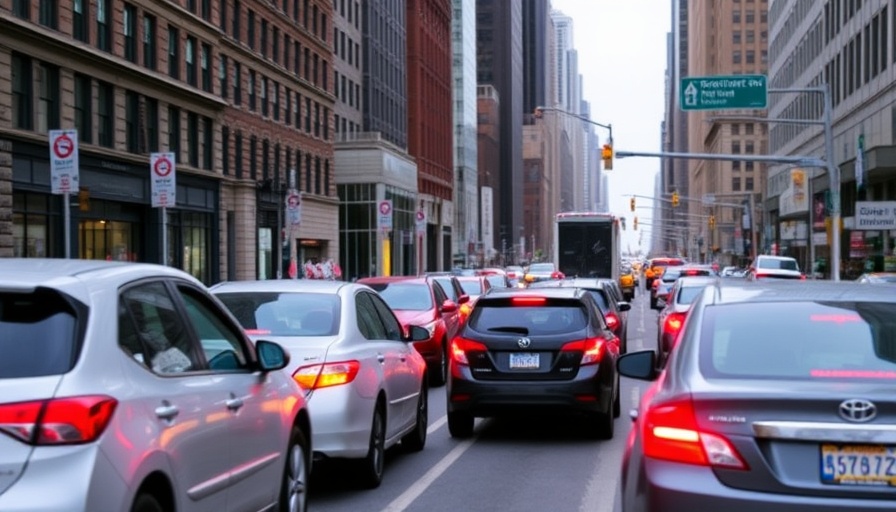
Understanding NYC's Congestion Pricing: A Deeper Dive
New York City is taking bold steps to tackle traffic congestion with its congestion pricing plan, which has recently faced legal hurdles. A federal judge has ruled that funding for the program will not be withheld, allowing the initiative to proceed. This ruling is critical as it paves the way for a system that charges vehicles entering certain areas of Manhattan, aiming to reduce traffic and pollution while also generating revenue for public transportation improvements.
The Benefits of Congestion Pricing
Congestion pricing promises several benefits for both New Yorkers and visitors to the city. Firstly, it is designed to reduce the number of vehicles in congested areas, making the city safer and more pedestrian-friendly. Less traffic means less pollution, which is invaluable for public health. Additionally, funds generated from the pricing scheme are intended to enhance the public transit system, ultimately leading to a more efficient transportation network.
Potential Challenges and Concerns
While the program has clear benefits, there are valid concerns being voiced by residents and business owners. Many fear that the new fees may deter visitors, affecting local businesses that rely on foot traffic. Additionally, there is a concern about how the funds will be allocated. Transparency in the use of these funds is crucial to gaining public trust and ensuring that improvements are made where they're most needed.
Local vs. Global Perspectives on Traffic Management
Traffic pricing isn't a new concept globally; cities like London and Singapore have implemented similar systems with varying degrees of success. These case studies can provide valuable insight into potential pitfalls and optimization strategies for New York City. By examining how other urban areas have navigated their congestion issues, New York can adapt and refine its own approach to better serve its residents and visitors.
Actionable Insights for Homeowners and Contractors
For homeowners and contractors, understanding the impact of congestion pricing is essential, especially if they operate in or near affected areas. Knowing when traffic is likely to be heaviest can influence scheduling and the timing of service appointments, ultimately affecting customer satisfaction. Home service contractors can use this information to make strategic decisions that enhance their effectiveness while navigating these challenges.
What Lies Ahead for NYC Congestion Pricing
Looking ahead, the legal challenges surrounding NYC's congestion pricing may continue, but the recent judicial ruling marks a significant step towards implementing this transformative policy. Public engagement and discourse will be vital as the city moves forward. New Yorkers must stay informed and involved, advocating for their needs and making their voices heard as this program develops.
In conclusion, NYC’s congestion pricing initiative is more than just a traffic solution; it’s a step towards a sustainable future. Homeowners and contractors should stay informed about its progress and implications. As we move forward, it will be essential to keep the lines of communication open between authorities and the public to ensure that the program delivers on its promises.
 Add Row
Add Row  Add
Add 




Write A Comment